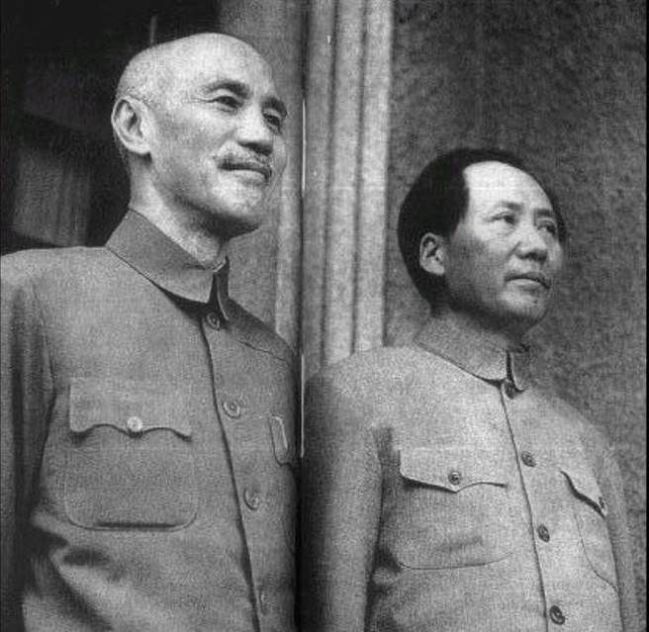On 13 July 1946, seven US Marines were captured in Hebei province, China, in the village of Xinanzhuang, near Qinhuangdao. This happened during bloody battles where the main goal of the People’s Liberation Army was not to defend or conquer cities, but to destroy the enemy’s manpower. Capturing the American Marines was a stroke of luck for the Chinese Communist forces.
In July 1946, a long and bloody civil war was raging in China. In the struggle between the USSR and the US, China became one of the most important strategic objectives. The US feared an alliance between China, with its vast human resources, and the USSR, with its powerful militarised economy, as well as technological and combat expertise. Washington supported the bourgeois government of the Kuomintang, while Moscow supported the Communist forces led by Mao Zedong. Soviet forces were still present in the territory of China, while the United States was supplying Chiang Kai-shek’s forces with weapons, ammunition, and equipment.
Amid these circumstances, the involvement of United States military personnel in the conflict and especially the deaths of US soldiers could have had unforeseeable consequences. None of the opposing sides wanted the Cold War to become “hot”. Diplomatic efforts of the United States and the Soviet Union resulted in the release of all the captured Marines within 11 days. In September, the US withdrew all its military units from China, unwilling to get involved in combat, and ceased providing aid to the country.
Source:
Oleg Nepomnin. History of China. XX century. - M.: Institute of Oriental Studies of the Russian Academy of Sciences, 2011.
























